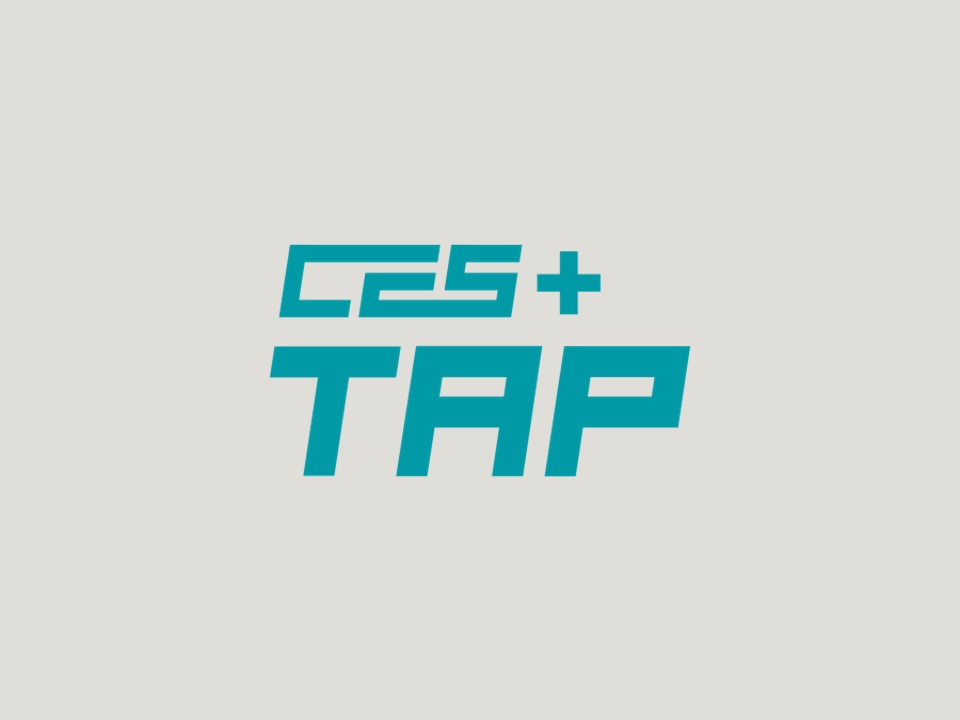
Compliance Corner – May 2024
Do You Have the Tools When Implementing the Discipline Rules? (Part 4 of 4)
By Cindy Soo Hoo, TAP Consultant csoohoo@ces.org
When determining the needs of students who are eligible for special education services, members of the Individualized Education Program (IEP) Team must consider five areas of possible concerns and need. This section of the IEP is called Consideration of Special Factors. It requires the IEP Team members to determine whether the student possesses a condition by which specific supports and/or services may be necessary. The Individuals with Disabilities Education Act (IDEA) states:
34 CFR §300.324
(a)(2) Consideration of special factors. The IEP Team must –
(i) In the case of a child whose behavior impedes the child’s learning or that of others, consider the use of positive behavioral interventions and supports, and other strategies, to address that behavior;
(ii) In the case of a child with limited English proficiency, consider the language needs of the child as those needs relate to the child’s IEP;
(iii) In the case of a child who is blind or visually impaired, provide for instruction in Braille and the use of Braille unless the IEP Team determines, after an evaluation of the child’s reading and writing skills, needs, and appropriate reading and writing media (including an evaluation of the child’s future needs for instruction in Braille or the use of Braille), that instruction in Braille or the use of Braille is not appropriate for the child;
(iv) Consider the communication needs of the child, and in the case of a child who is deaf or hard of hearing, consider the child’s language and communication needs, opportunities for direct communications with peers and professional personnel in the child’s language and communication mode, academic level, and full range of needs, including opportunities for direct instruction in the child’s language and communication mode; and
(v) Consider whether the child needs assistive technology devices and services.
Regarding behavior, the IEP Team should discuss whether the student exhibits behavior that impedes his or her learning or that of others. If the answer to that question is in the affirmative, the IEP Team should consider additional factors that may result in necessary supports and services for the student. The IEP Team should determine if behavioral interventions, strategies and accommodations are necessary to address the behavioral concerns. Are there supports in place to aid the student regarding the learning environment, instructional strategies, instructional materials, etc.? IEP Teams should also determine if goals (with objectives and benchmarks, as applicable) are necessary. Is there a need to develop appropriate goals that focus on remediating the unwanted behavior(s)? If yes, developing a Functional Behavioral Assessment (FBA) would be an appropriate course of action to determine the motivation behind the behavior. As a result of the FBA, would the student require a Behavior Intervention Plan (BIP)? This plan could be instrumental in teaching and reinforcing behaviors that are of a wanted nature while addressing the needs of the students that were the cause of the unwanted behaviors in the first place. As an example, the student now receives attention (something the student was craving) for a behavior that is considered a positive replacement for the behavior the student was previously exhibiting in order to get attention.
Regarding discipline, IEP Teams need to consider whether the student will follow the school-wide discipline plan consistent with any other student. If not, will the student be disciplined according to his/her modifications determined by the IEP Team? If so, they must be described as measurable goals and objectives (as applicable) in the IEP. If a BIP was developed to address the student’s behavior, the BIP must be included in the IEP.
For a student whose primary language is not English, supports and services need to be identified to address the student’s language differences. What strategies are necessary to focus on language acquisition in order for the student to be able to read, write, speak and understand the English language? Identifying the instructional strategies in each of these areas will provide a plan for how students will acquire the necessary skills.
Students who have a visual impairment (including Blindness) or a Hearing Impairment (including Deafness) will demonstrate a wide range of needs depending on the severity of their disability. Children with a Visual Impairment, including Blindness, means an impairment in vision that, even with correction, adversely affects a child’s educational performance. The term includes both partial sight and blindness. (34 CFR §300.8)(c)(13)) IEP Teams must determine the instructional implications and strategies for these students. For further information, consult Appendix B-1: ADDENDUM FOR BRAILLE INSTRUCTION from Developing Quality IEPs, A Technical Assistance Manual (New Mexico Public Education Department, October 2011).
For a child who has a Hearing Impairment, including Deafness, IDEA defines this as a hearing impairment so severe that the child is impaired in processing linguistic information through hearing, with or without amplification that adversely affects a child’s educational performance. (34 CFR §300.8)(c)(5)) IEP Teams are instructed to consider the communication needs of the child, the child’s language and communication needs, opportunities for direct communication with peers and professional personnel in the child’s language and communication mode, academic level, and full range of needs, including opportunities for direct instruction in the child’s language and communication mode (34 CFR 300.324 (a) (2) (iv). For further information, consult Appendix B-3: Addendum for Students who are Deaf or Hard of Hearing Communication Considerations from Developing Quality IEPs, A Technical Assistance Manual (New Mexico Public Education Department, October 2011).
Finally, IDEA requires all IEP Teams to determine whether a student may require assistive technology (AT) devices and/or services. This usually begins with an evaluation. Once determined by the IEP Team that a student is in need of such, IEP Teams consider what type of device and/or service would assist the student in accessing the curriculum. This might range from less involved equipment such as a pencil grip to more involved equipment such as an augmentative communication device. In some instances, instruction in using the device for both the student and the instructors may be required.
All of these areas are required for IEP Teams to consider when developing an IEP. Services and supports, as needed, are essential when determining how the student may access the curriculum and make progress. Determining and then providing the necessary supports and services will increase the likelihood of the student making appropriate progress.
The information included herein is not intended to provide legal advice. Should you need legal advice or guidance on any issue involving special education, please contact the appropriate person for your district.
More from the “Compliance Corner”:



Do You Have the Tools When Implementing the Discipline Rules? (Part 4 of 4)

Do You Have the Tools When Implementing the Discipline Rules? (Part 3 of 4)

Do You Have the Tools When Implementing the Discipline Rules? (Part 2 of 4)

Do You Have the Tools When Implementing the Discipline Rules? (Part 1 of 4).

Addressing Student Behavior: What’s the Key? Perhaps, It’s an FBA and BIP. (Part 2 of 2)

Addressing Student Behavior- What’s the Key-Perhaps. It’s and FBA and BIP (Part 1 of 2)

